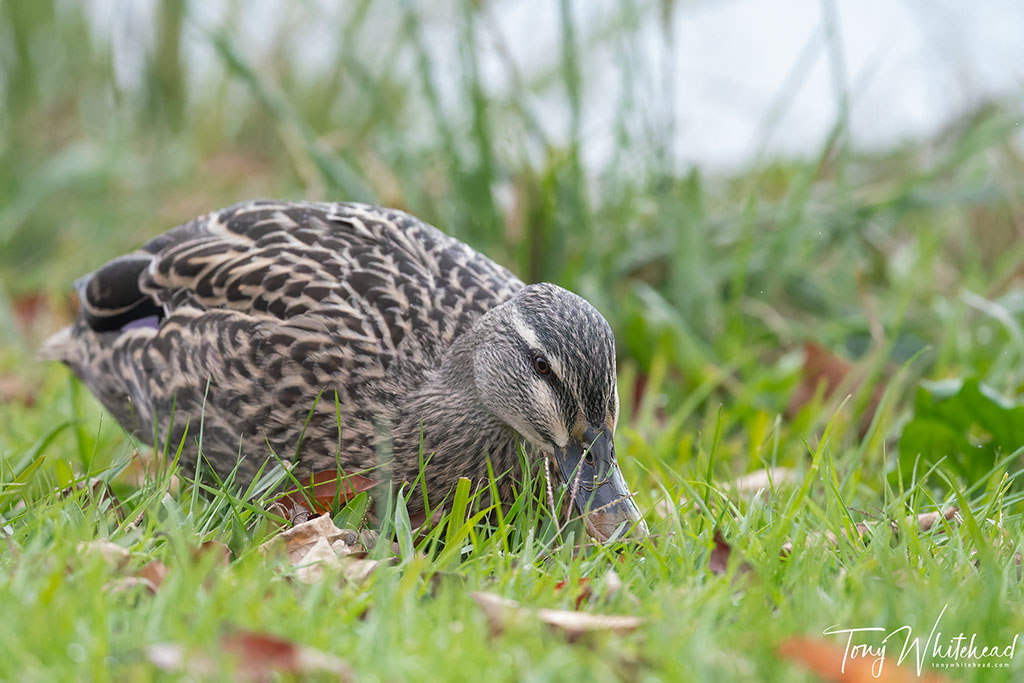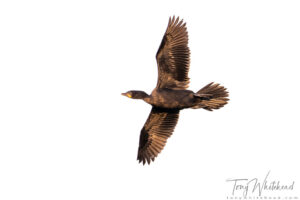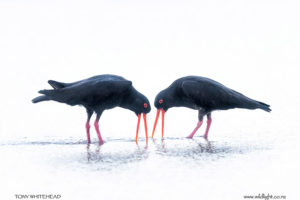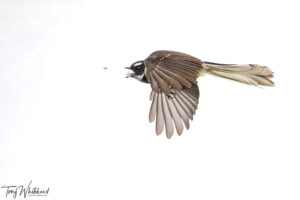Following on from my posts on Nikon Z9 ISO and High ISO Noise management with DxO PureRAW with Topaz DeNoise, I have had a chance to do some testing with my Nikon D500. Long story short – any ISO is usable when processed through DxO PureRAW using DeepPRIME.
I will have to revisit my D500 image archive to be certain but I really didn’t make the most of the available ISO when this was my primary body for bird photography. I’m almost certain that I didn’t go above ISO 3200 or possibly 6400, despite the range available being 100-51200. This was because I was processing files in Lightroom and above those ISO levels noise reduction caused unacceptable loss of detail.
Processing my test images through Lightroom provided the same results but when demosaicing in DxO PureRAW using DeepPRIME the resulting images are significantly cleaner and more detailed to the point that I would be happy using ISO up to 51200 if the circumstances required it.
All these sets of images show the image from Lightroom on the left of the slider and the same file processed through DxO Pure RAW DeepPRIME on the right. Both images then had the default setting of Topaz DeNoiseAI applied so the difference is in the demosaicing done by Lightroom and DxOPureRAW.












While there is obviously a benefit to using the lowest ISO possible for the situation, this test has shown me that using DxO PureRAW with the DeepPRIME method of demosaicing, followed by Topaz DeNoise AI provides perfectly usable files from all the available ISO settings (apart from the Hi options that I haven’t tested yet) on the Nikon D500. The files are significantly better than when processing RAW files in Adobe Lightroom and then using Topaz DeNoise AI, showing improved contrast and detail. The advantage is less marked at lower ISO but I would definitely use this method at ISO 3200 and above.
Having got these results with both the Nikon Z9 and D500 I suspect that similar results will be achievable with any camera. One test I still need to do is running Topaz on the RAW file from within Lightroom. This option is not yet available for the Nikon Z9 files but I have heard it said that running Topaz on the RAW file provides a better result that applying it after opening the file in Photoshop.
All photos with Nikon D500 and Nikkor 500mm f5.6PF lens




nevil amos
6 Jun 2022Hi Tony, and interesting post as sual. D500 is still my Primary camera (hoping for the mirroless d500 at an affordable price in the not to distant future). So I was very interested in this article. could you descibe the workflow involved? is it possible to script or automate it? it takes ages on my pc to process using dxo and then topaz denoise and so far I can only see how to do it an image at a time in the gui. Ideally I’d like to point the process at a directory whcih would then process overnight and I’d only ever need to compare the output file. Is this Possible?
tony
9 Jun 2022Hi Neville. The D500 is an excellent camera. Still better than a Z9 in some regards. I don’t know of a way to automate things but there probably is. You can select multiple images in Lightroom and send them to DxO to be done as a batch. Not sure if Topaz can do that. I tend to work on a small number of images at a time so it is not something that troubles me.